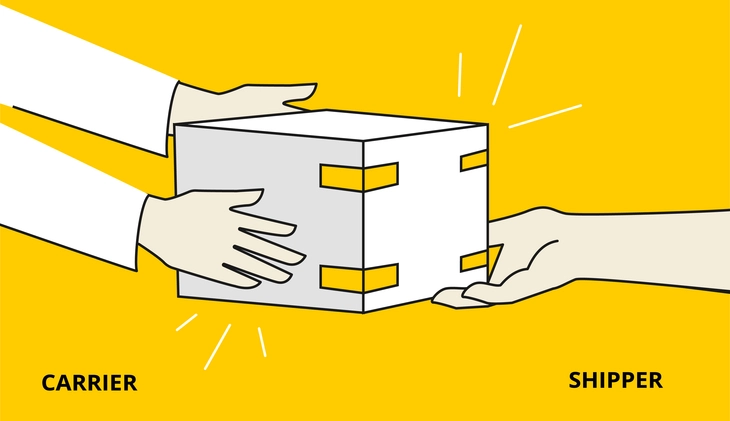In the dynamic world of logistics and freight transport, businesses often grapple with the decision between parcel, Less than Truckload (LTL) and Full Truckload (FTL) shipping. These three shipping modes play crucial roles in supply chain management, but their optimal usage depends on various factors. This blog post will dive into parcel, LTL and FTL shipping, their differences, advantages, and disadvantages to help you make the best choice for your transportation needs.
Understanding Parcel, LTL and FTL Shipping
Before diving into the pros and cons of each method, it's crucial to understand what LTL and FTL shipping mean.
Parcel Shipping
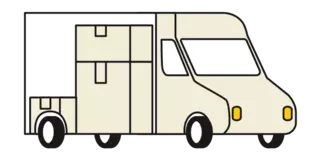
This method refers to the shipment of small, lightweight, and typically boxed items. Parcel shipping is commonly used in e-commerce, direct-to-customer and last mile deliveries. Each parcel usually weighs less than 50 kilograms.
Less than Truckload (LTL) Shipping
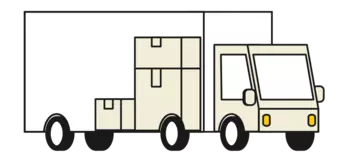
As the name suggests, LTL shipping involves transporting smaller freight loads that don't require the full space of a truck, but are too large to be considered parcels. Multiple shippers share the same truck space, each paying for their portion of the truck that their freight occupies. The consolidation is usually made by freight forwarders.
Full Truckload (FTL) Shipping
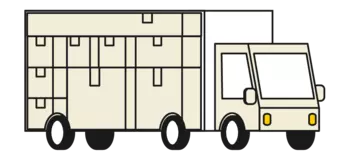
FTL shipping involves the transportation of large amounts of cargo, typically enough to fill an entire semi-trailer or intermodal container. In this case, a single shipper usually uses the full space of the truck.
Differences between Parcel, LTL and FTL Shipping
The primary differences between parcel, LTL and FTL shipping lie in shipment size, cost, delivery speed, and handling.
- Shipment Size: Parcel shipping is ideal for small, lightweight items. LTL shipping is perfect for shipments too large for parcel but too small to necessitate a full truck, while FTL shipping is best for large shipments that can fill an entire truck (typically at least 5000 kilograms or 10 pallets).
- Cost: In parcel shipping, you pay per package. In FTL shipping, you pay for the entire truck, regardless of whether you fill it or not. With LTL, you only pay for the space your freight occupies, making it a more cost-effective option for smaller shipments.
- Delivery Speed: Parcel and FTL shipments generally reach their destination faster than LTL shipments. Parcel packages are small and easily transported, while FTL has a single pick-up and drop-off point. LTL shipments have multiple stops for pick-up and delivery, which can extend the transit time.
- Handling: Parcel items are usually manually handled and are subject to standard postal procedures. LTL shipments are handled more frequently as they are loaded and unloaded at various stops, which might increase the risk of damage. Conversely, FTL shipments are handled less, reducing the chance of freight damage.
The choice between parcel, LTL, and FTL shipping depends on your business's specific needs and the nature of your goods. Whether you're shipping small, individual items, consolidating smaller shipments, or transporting large quantities, there's a shipping method designed to meet your requirements.
If you ship individual packages that weigh up to 50-100 kg each, parcel shipping is likely to be your freight mode of choice. If your freight is less than 5000 kg or doesn't fill more than 10 pallets, LTL shipping might be the most cost-effective and flexible option. However, if you're dealing with larger shipments, or if speed and reduced risk of damage are a priority, FTL shipping could be the better choice.
Remember, the right shipping method can significantly impact your bottom line, and the decision should not be made lightly. Consider factors such as your budget, shipment size, urgency, and the fragility of your cargo when choosing between parcel, LTL and FTL shipping.
Since different carriers are often specialized (faster, cheaper, more reliable) in different shipping methods or routes, companies often find that using multiple carriers can be the most optimal solution for them. This setup starts with freight procurement - read how from our blog post: "How to Conduct a Simple Transport Tender?", where you request proposals and nominate carriers based on different parameters, including shipping methods (parcels, LTL, FTL), routes and others. This the standard process in enterprise shipping, but modern software like a TMS for small business can make it manageable for SMEs as well.
Also, keep in mind that technological solutions like transportation management software can significantly streamline these decisions, especially if the software can support carrier-agnostic, multi-carrier shipping. Advanced software can help you calculate all the parcel, LTL and FTL prices, transit times and transport CO2 emissions offered by each of your transport service providers. This way, it can also optimize your shipping strategy, providing real-time tracking, detailed analytics, shipment notifications and robust tools for managing various shipping methods.


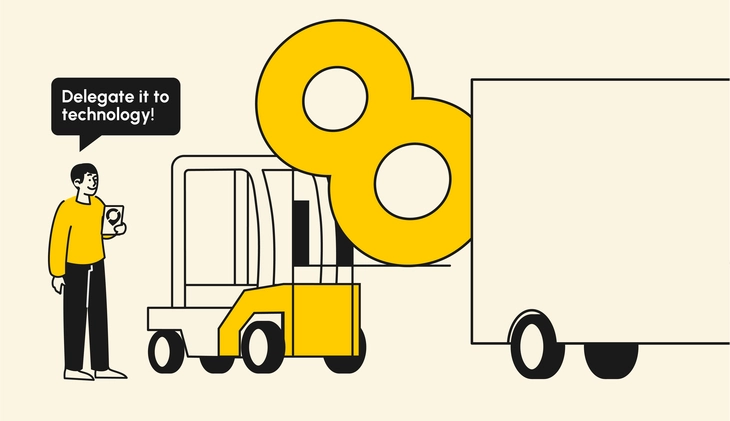
![How to Select a Multi Carrier Shipping Software: 7 Tips [+ free checklist download] How to Select a Multi Carrier Shipping Software: 7 Tips [+ free checklist download]](https://www.cargoson.com/rails/active_storage/representations/redirect/eyJfcmFpbHMiOnsibWVzc2FnZSI6IkJBaHBBNlcrQ1E9PSIsImV4cCI6bnVsbCwicHVyIjoiYmxvYl9pZCJ9fQ==--17911efdfb74cab1a073d1c9c536393ecfacf242/eyJfcmFpbHMiOnsibWVzc2FnZSI6IkJBaDdDRG9MWm05eWJXRjBPZ2wzWldKd09oSnlaWE5wZW1WZmRHOWZabWwwV3dkcEF0b0NhUUwwQVRvTVkyOXVkbVZ5ZERzRyIsImV4cCI6bnVsbCwicHVyIjoidmFyaWF0aW9uIn19--2c7d6c6b28c4d68db8f7c1f368d1bcdc6ab5275a/CS_newsroom_Logistics%20ABC_How%20to%20Select%20a%20Multi%20Carrier%20Shipping%20Software.png?locale=en)


